PCNSPA Conference 2016 - A step towards the future: transforming technology with photonic colloidal nanostructures
Physicists, chemists, biologists, and chemical engineers discussed colloidal nanocrystals at the “PCNSPA Conference 2016 - Photonic Colloidal Nanostructures: Synthesis, Properties, and Applications” organized by the International Research and Education Center for Physics of Nanostructures of ITMO University together with the Fund for Laser Physics, in St. Petersburg on June 27 - July 1, 2016.
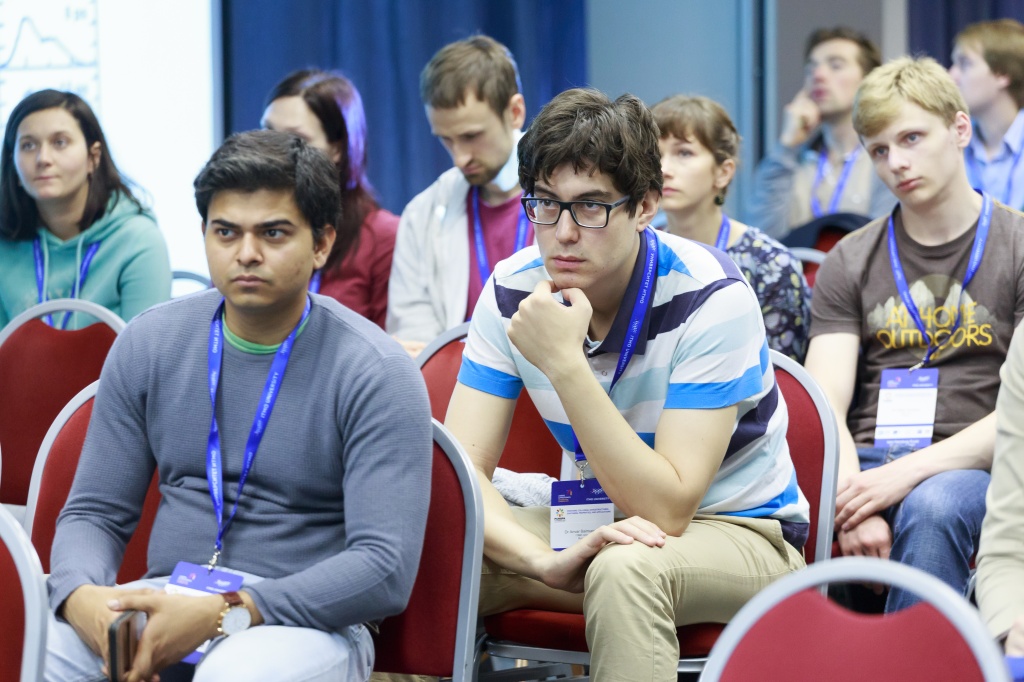
The Invited speakers to the conference were some of the most prominent and cited scientists in the areas of physics and optics of nanostructures (average h-index 54.4). The fact that this first PCNSPA conference attracted the interest of these top international scientists is the best testimony of the reputation of ITMO University in these fields. The speakers came from the City University of Hong Kong, TU Berlin, Queen Mary University of London, University of Manchester, Belarusian State University, The Hebrew University of Jerusalem, University of Basque Country and from other universities and research institutes.
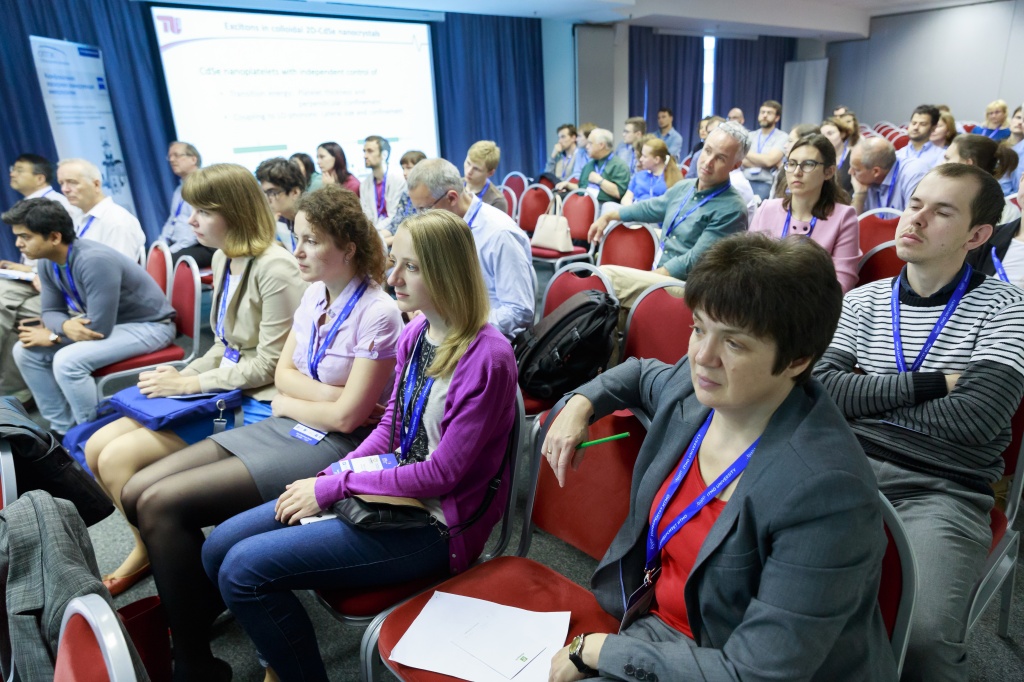
Photonic Colloidal Nanostructures are semiconductor, metal, and dielectric nanocrystals that can be further combined with each other or other types of nanoctructures as well as with molecules to produce functional hybrid structures.
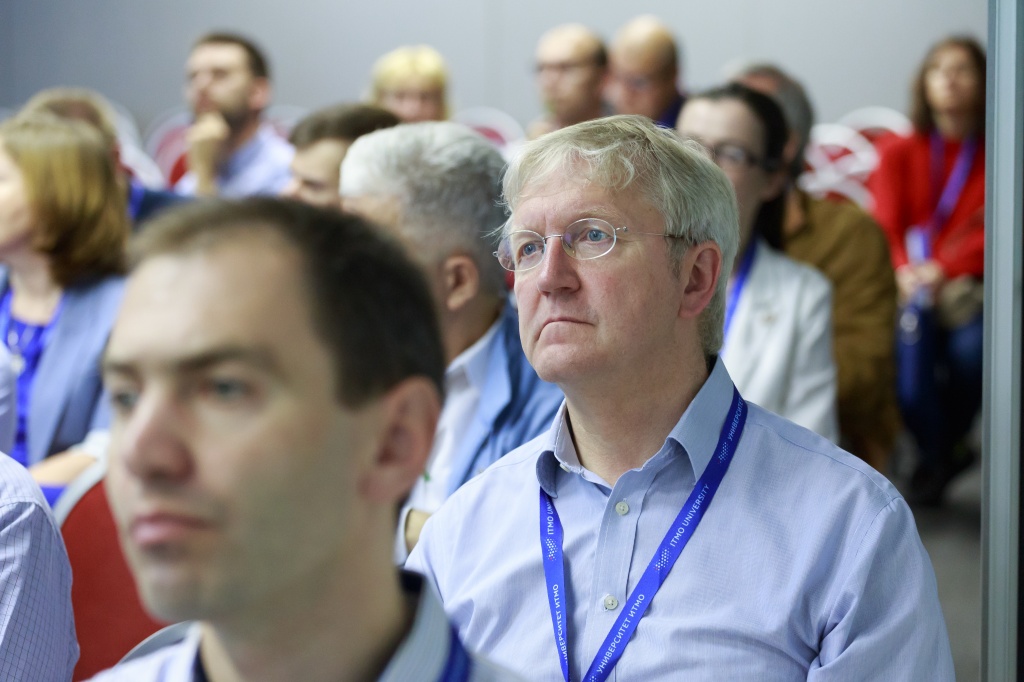
The applications of quantum hybrid structures are various, particularly because of the unusual optical properties of colloidal nanocrystals such as quantum dots, quantum rods, and nanoplatelets. They absorb light very efficiently and accumulate this energy. This energy can be released by luminescence, for example . Currently researchers can regulate the luminescence wavelength simply by varying the nanocrystal size. Thus “small” particles emit blue light, “medium-sized” ones emit green or yellow while “large” particles emit red light. Previously researchers had to use different materials to obtain emitters of radiation of different wavelength. These properties allow us to use quantum dots as luminescent labels to obtain a colored image of cell parts, for example.
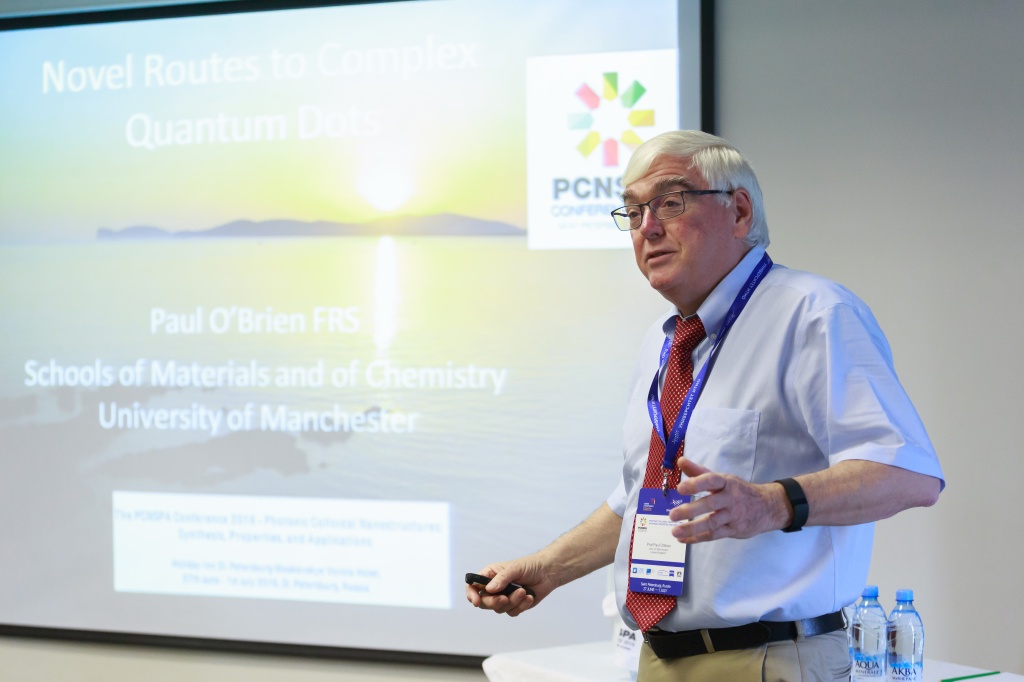
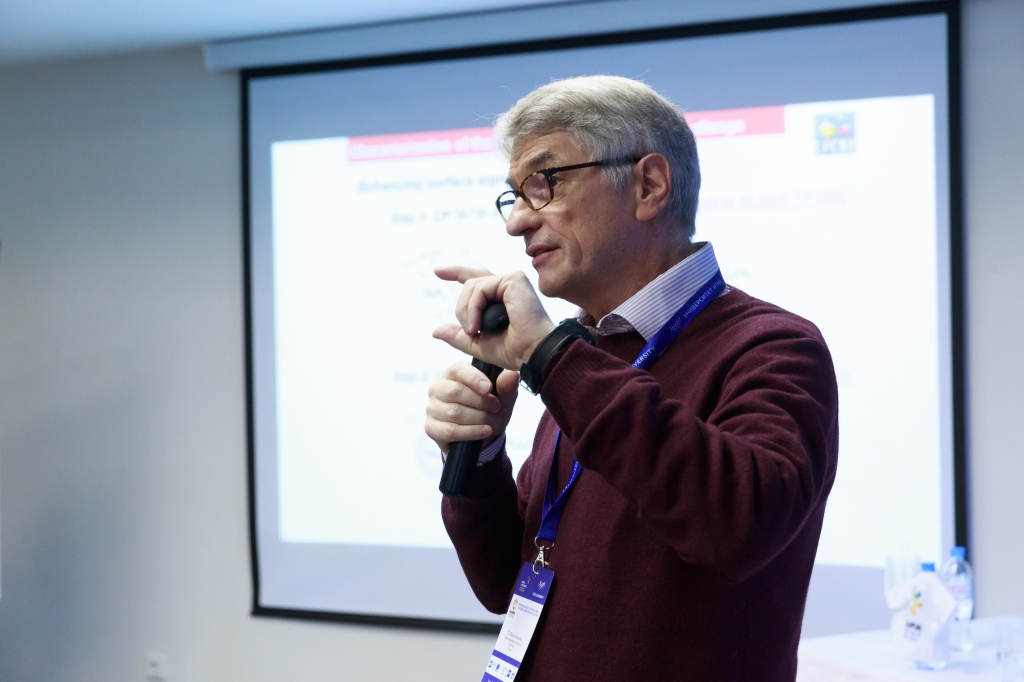
Another very promising application of these nanostructures is in the field of the so-called “green” energies. Hybrid structures based on quantum dots can enhance the effectiveness of solar cells. Modern photovoltaic modules based on silicon and germanium do not absorb infrared radiation of wavelength larger than 1.3 microns. However, if modules based on hybrid structures with quantum dots are developed, the resulting devices will be able to absorb radiation of all solar spectrum.
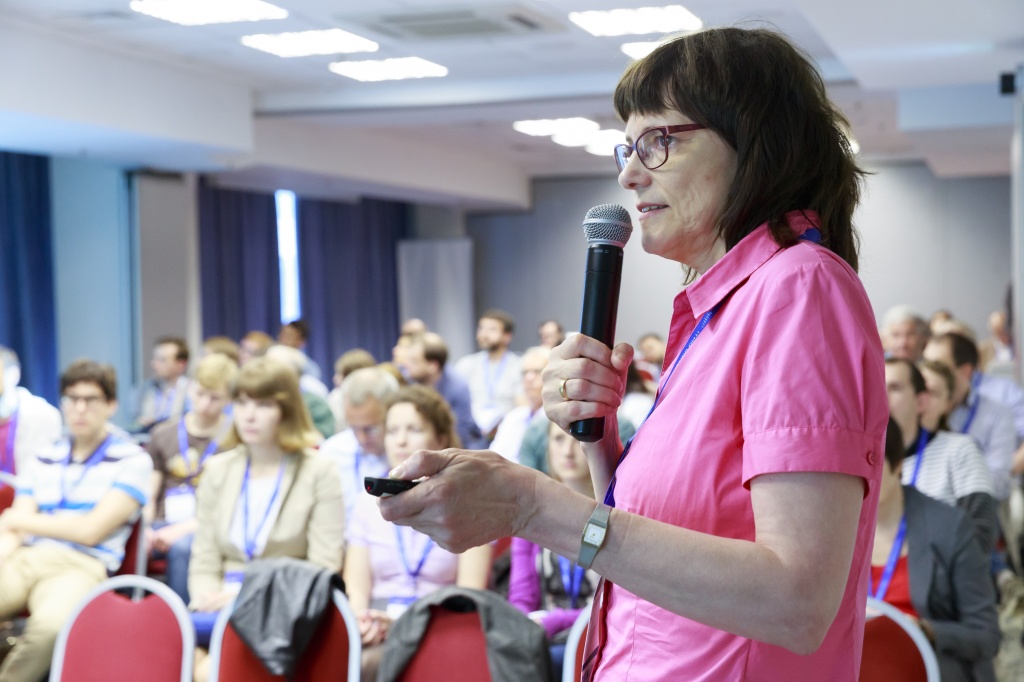

"Our Center includes both educational and research units. Bachelor, Master’s and PhD students study at the Chair of Optical Physics and Modern Natural Science and then continue their research activities at the Centre of Optical Information Technologies. We give young researchers the opportunity to be involved in real experimental work, deal with modern equipment and also teach them how to write scientific articles,” said the professor. During the visit, further scientific collaboration between the foreign universities and ITMO University has been discussed.
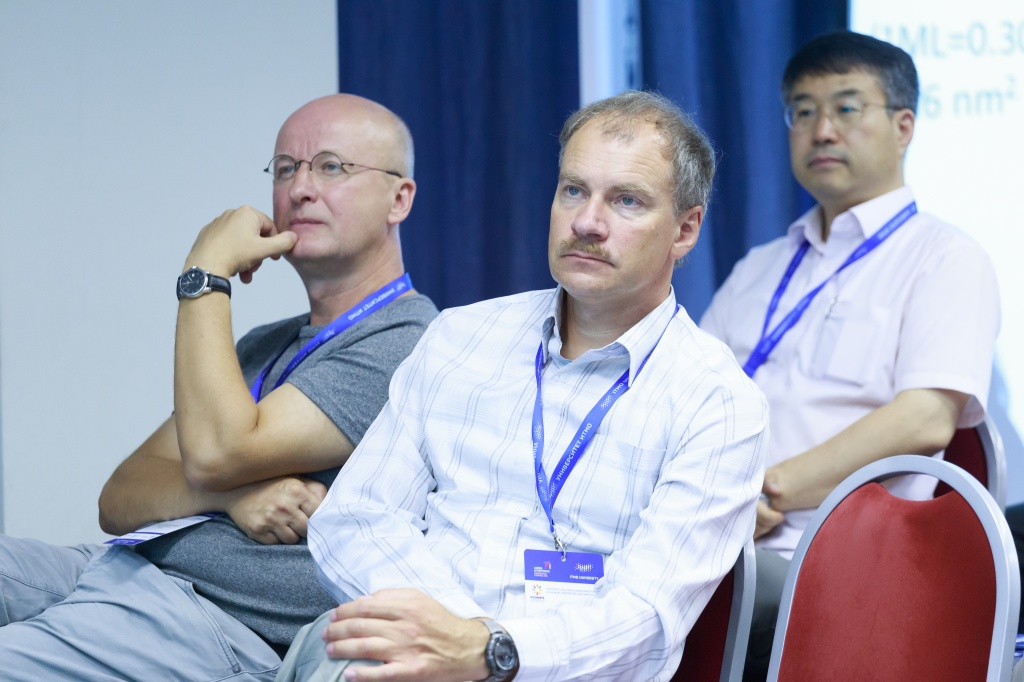
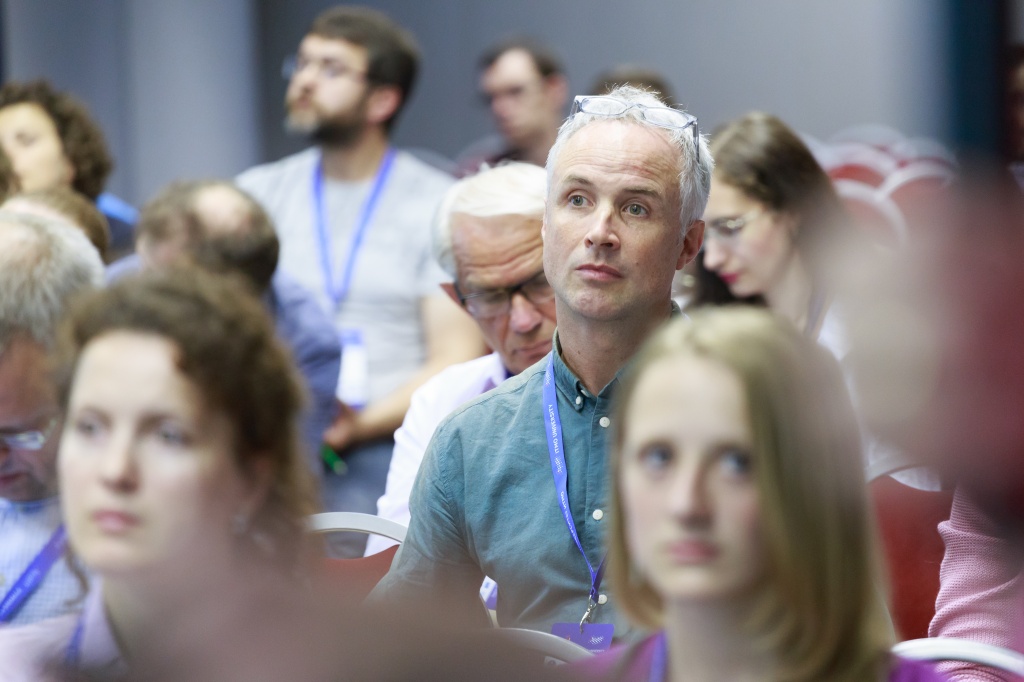
The PCNSPA Conference 2016 was sponsored by the Russian Foundation for Basic Research (RFBR) and the companies OPTEC and LABTEST, and was support by several of the most reputed international scientific societies: the European Optical Society (EOS), the German Society of Applied Optics (DGaO), the Brazilian Materials Research Society (SBPMat Brazil-MRS), the Israel Physical Society (IPS), the European Technology Platform Photonics21, the Institute of Physics Quantum Electronics and Photonics Group (IOP QEP Group), the French Optical Society (SFO), and The Japan Society of Applied Physics (JSAP), among others.